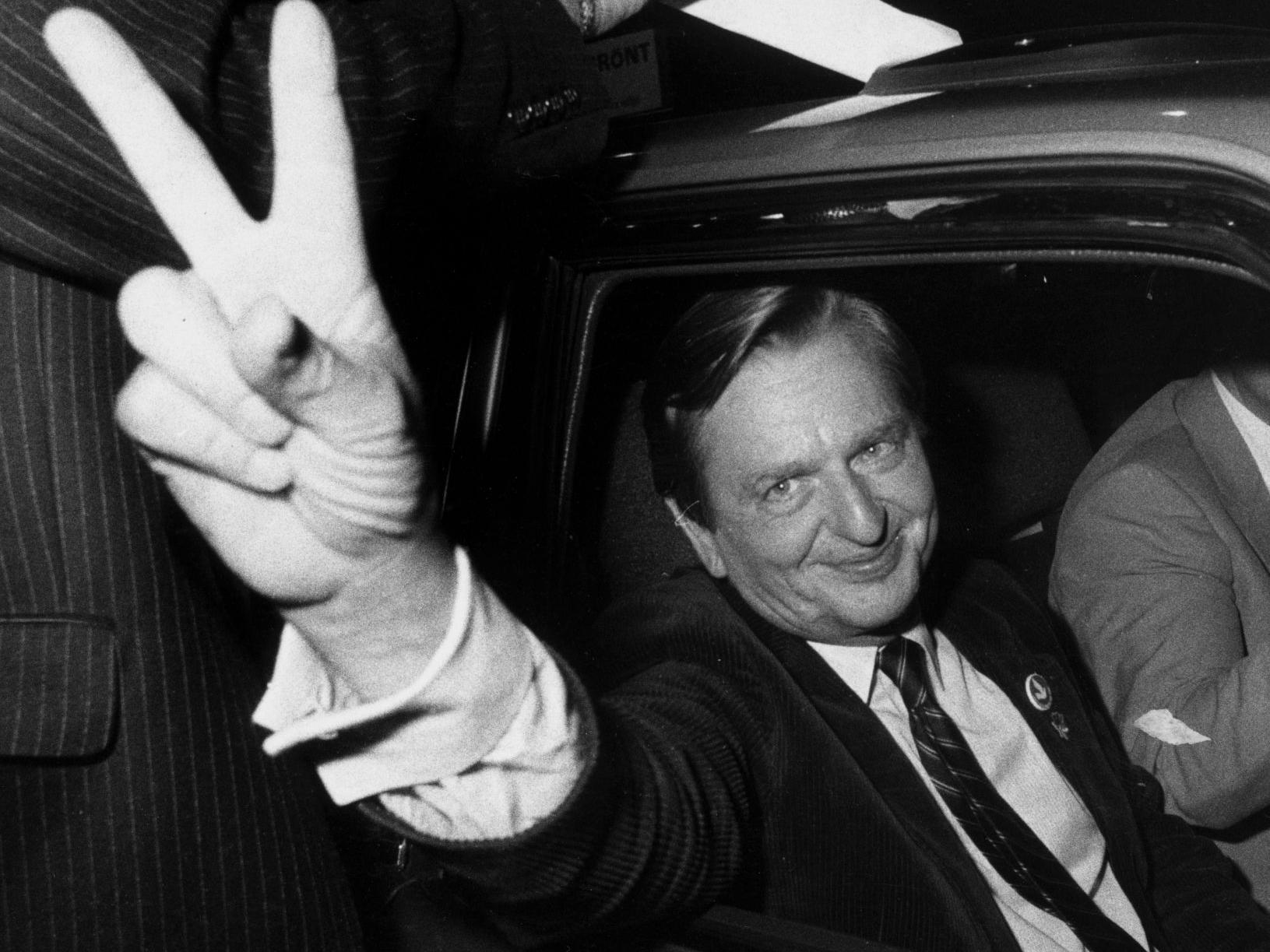Over thirty years after the murder of Sweden’s Prime minister Olof Palme, a Sweden prosecutor announced on Wednesday he would discontinue the investigation as the main suspect is deceased.
Olof Palme was shot dead on 28 February 1986.
The charismatic leader of the Social-Democratic party and his wife Lisbeth Palme had just left a cinema in downtown Stockholm.
The shooter managed to flee with the murder weapon.
“My decision is to discontinue this investigation since the suspect is deceased,” Sweden’s Chief Prosecutor Krister Petersson said on Wednesday in a press conference held alongside Head of Investigation Hans Melander.
They have been in charge of the case since 2017.
Petersson named the deceased suspect as Stig Engström, an opponent of Olof Palme’s left-wing values.
Engström had been among the first people to arrive on the crime scene in 1986, from the Skandia insurance company where he worked.
Police interrogated him as a witness at the time, but was deemed unreliable as he regularly changed his version.
He died in 2000.
Earlier this year, Petersson said he was “positive about being able to present what happened and who is responsible for it.”
Palme’s wife Lisbeth, who was injured in the attack, identified the murderer at the time as Christer Pettersson, a known criminal who was convicted of the PM’s murder in July 1989.
But he was later discharged a few months later for lack of proof, and the case remained unsolved.
Pettersson died in 2004.
He wasn’t related to prosecutor Krister Pettersson.
Lisbeth Palme, the former PM’s widow, died in 2018.
The murder shocked Sweden and eroded the nation’s image of a safe country, where until that point politicians had moved around without bodyguards.
A popular saying at the time was that after the murder, “Sweden lost its innocence”.
Over the years, thousands of people were heard by the police, which has collected enough information – relevant to the investigation or not – to fill 250 meters of shelves.
Local media reported recently that prosecutors may now be in possession of the murder weapon.
In the 1980s, the Swedish police was heavily criticised for their handling of the case.
The night of the murder, the crime scene had not been correctly cordoned off, which might have led to potential proof destruction.
Olof Palme was Sweden’s Prime minister from 1969 to 1976 and again from 1982 until his murder in 1986.
He was vocally opposed to the Vietnam war, the South African apartheid and the nuclear bomb.




